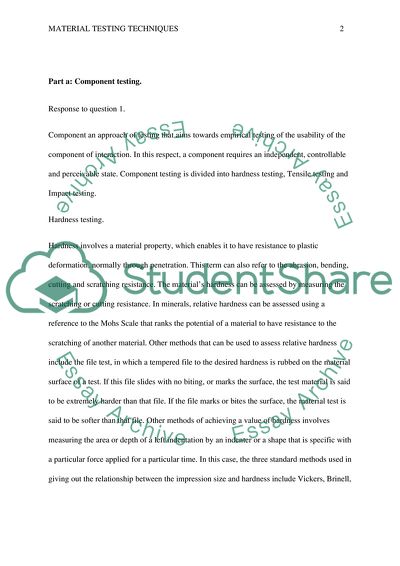Cite this document
(Aerospace Material and Component Testing Techniques Assignment Example | Topics and Well Written Essays - 2000 words, n.d.)
Aerospace Material and Component Testing Techniques Assignment Example | Topics and Well Written Essays - 2000 words. https://studentshare.org/engineering-and-construction/1797192-aerospace-materials-and-component-testing-material-testing-techniques
Aerospace Material and Component Testing Techniques Assignment Example | Topics and Well Written Essays - 2000 words. https://studentshare.org/engineering-and-construction/1797192-aerospace-materials-and-component-testing-material-testing-techniques
(Aerospace Material and Component Testing Techniques Assignment Example | Topics and Well Written Essays - 2000 Words)
Aerospace Material and Component Testing Techniques Assignment Example | Topics and Well Written Essays - 2000 Words. https://studentshare.org/engineering-and-construction/1797192-aerospace-materials-and-component-testing-material-testing-techniques.
Aerospace Material and Component Testing Techniques Assignment Example | Topics and Well Written Essays - 2000 Words. https://studentshare.org/engineering-and-construction/1797192-aerospace-materials-and-component-testing-material-testing-techniques.
“Aerospace Material and Component Testing Techniques Assignment Example | Topics and Well Written Essays - 2000 Words”. https://studentshare.org/engineering-and-construction/1797192-aerospace-materials-and-component-testing-material-testing-techniques.


